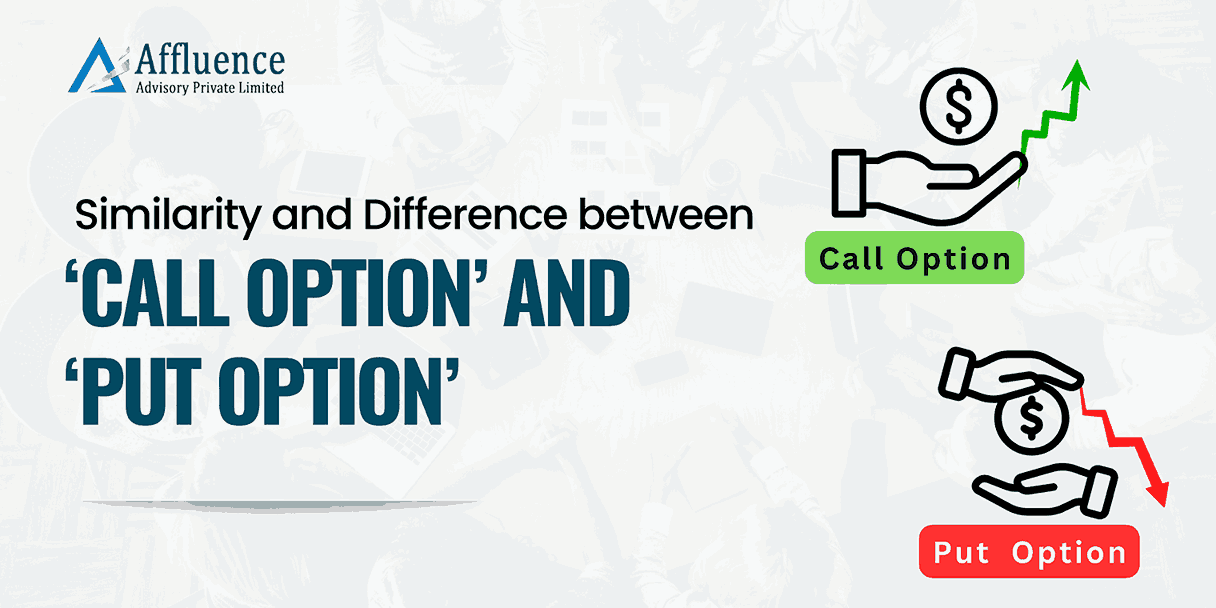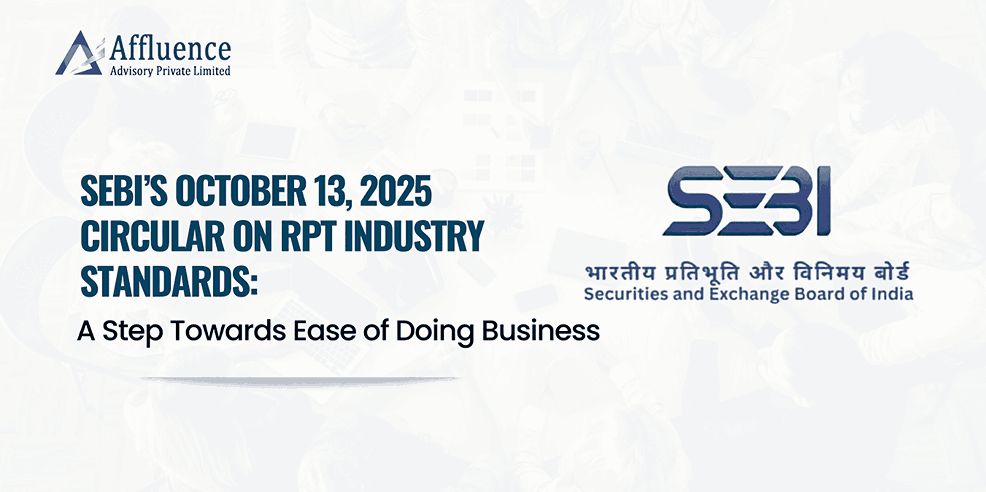Description of terms used in this post:
Company X – a limited company
A – shareholder of X and a Call Option holder (Call Option right vested in A)
B – shareholder of X and a Put Option holder (Put Option right vested in B)
C/D/E – Other shareholders in X
- CALL OPTION – A’s right to call upon other shareholders to sell their shares to A. In other words, A can call upon/compel B/C/D/E to sell their shares to A. It is a right to buy other shareholder’s shares.
- PUT OPTION – B’s right to put his/her/its shares on the table for sale. A/C/D/E will be compelled to buy A’s shares in X.
- SIMILARITY:
- These rights are granted to shareholders of a company under the shareholders’/option agreement/s
- They can be classified under the title ‘exit rights’.
- In most cases, the shareholder who is granted these rights have the ‘right/discretion’ to exercise it and it is not an ‘obligation’ to exercise it. In simple terms, the holder of such a right can decide whether or not to exercise such a right.
- Example:
Under the shareholders/option agreement, A has a call option which he can exercise as long as he continues to be a shareholder in the company. A may or may not exercise it. A is not required/obligated/compelled to exercise this as per the terms of the agreement.
- Example:
- In certain exceptional cases, however, in the agreement/s, these rights are triggered upon the happening of certain event/s e.g. failure to achieve some milestones laid down in the agreement. In these cases, such rights are to be exercised mandatorily.
- Example:
B (a shareholder of X) has a Put Option vested in him under the shareholders agreement. Vide the agreement, it is B’s responsibility to ensure that X achieves the agreed sales target. If the sales target is not achieved then the Put Option right vested in him will get triggered and he will be forced to sell his shares to the other shareholders. Very often in these cases, the option gets exercised at a discounted price as compared to the normal agreed price, to act as a penalty for the non-compliance with the terms of the agreement.
- Example:
- DIFFERENCE:
- Call Option:
The person who has this right can buy shares held by other shareholders. - Put Option:
The person who has this right can sell his/her/its shares to the other shareholders.
- Call Option:
- Notes:
- There can be various permutations and combinations in Call and Put options i.e. it may apply only to some shareholders and not all. A may have call option only on the shares held by B and B can have a put option only for A i.e. if B exercises his/her/its put option then A alone will have to buy the shares held by B.
- Pricing mechanism for options are captured in the shareholders/option agreement/s. Where foreign parties are involved, there are certain pricing and other guidelines laid down by RBI which have to be mandatorily complied with.
Disclaimer: This article provides general information existing at the time of preparation and we take no responsibility to update it with the subsequent changes in the law. The article is intended as a news update and Affluence Advisory neither assumes nor accepts any responsibility for any loss arising to any person acting or refraining from acting as a result of any material contained in this article. It is recommended that professional advice be taken based on specific facts and circumstances. This article does not substitute the need to refer to the original pronouncement
CLICK HERE DOWNLOAD PDF











